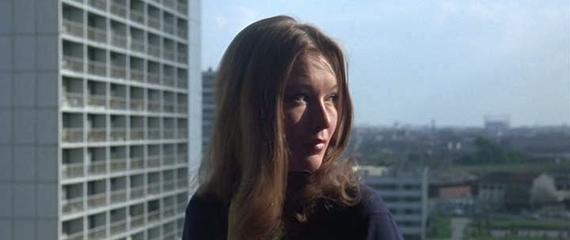 Jean-Luc Godard's Two or Three Things I Know About Her is a film that I respect and appreciate more than outright love. Godard's Two or Three Things I Know About Her pretty much abandons the restraints of narrative, instead opting for an cinematic essay on the ever-expanding consumer culture, and it's effect on the individual and the world as a whole. The film is absolutely loaded with ideals, and while some of the sequences are great, the sequence at the gas station where Godard talks about image and perception stood out, as a whole I found the film to be a little too overloaded for my liking. There are some very profound points but the film is essentially philosophical masturbation, though I don't necessarily mean that as a bad thing. I really loved the scene in the coffee shop also, where the cinematography contemplates an expresso, essentially using it as a symbolic representation of the universe around us, a swirling whirlwind of bubbles and foam. Two or Three Thing I Know About Her is a film thats sum doesn't equal its individual parts, but I still found sections to be quite fascinating. While I'm still making it through Godard's later area work, I seem to be in the minority in preferring many of those films to his much more highly regarded sixties efforts.
0 Comments
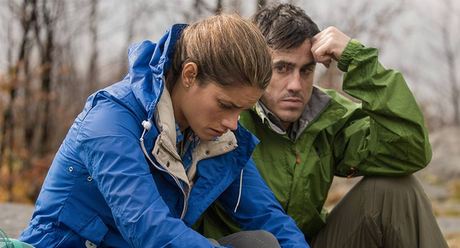 Based on true events, Adam Macdonald's Backcountry tells the story of Alex and Jenn, a young, urban couple who decides to go camping in the Canadian wilderness where Alex grew up. Being the seasoned outdoorsman, Alex spent a lot of time convincing his girlfriend Jenn, a corporate lawyer, to go on the trip, with Jenn being far from someone who is comfortable in the wilderness. Heading out into Provincial Park, on the secluded Blackfoot Trail, Jenn's worst fears slowly become a reality, as Alex and Jenn find themselves lost in the wilderness, being stalked by a territorial black bear. Adam Macdonald's Backcountry is a serviceable survival horror film that manages to keep the viewers engaged thanks to its relatively strong characterizations, specifically in a genre in which they are severely lacking. At its heart, Backcountry feels more like a relationship drama than horror film, with much of the film's running time centered around Alex and Jenn's strained relationship. Shot in a way that exudes a sense of unseen danger, Backcountry is a film that slowly escalates, slowly ramping up the tension until the absolutely terrifying bear attack that happens well over an hour into the film's running time. While this approach may test the patience of some viewers, Backcountry delivers in spades once the bear attack and subsequent chaos ensues, with the time the film spent fleshing out its characters only making the film more engaging. The last twenty minutes of Backcountry are electric, horrific, and riveting, tapping into a primal state of fear and survival necessary for films of this ilk to be successful. While Adam Macdonald's Backcountry is far from anything revolutionary, the film is a nice reminder of how simplicity is sometimes the best approach in crafting a survival horror film.  From the opening frame of the Zellner Brothers' Kumiko, The Treasure Hunter it's apparent that Kumiko, the main protagonist, is a complete and utter loner. Kumiko doesn't really talk with her coworkers, being very anti-social and the film early on establishes that even her own mother seems frustrated with her. Kumiko's major aspirations center around a popular Cohen's brother film, Fargo, with Kumiko believing the film's suitcase of stolen cash is indeed still buried in the frozen landscape of North Dakota. Leaving Tokyo, Kumiko flies to Minneapolis, intent on travleing to Fargo, North Dakota and tracking down the stolen money for herself. The Zellner Brothers' Kumiko, The Treasure Hunter is quietly devastating film about a young woman that clearly needs some type of help. The Zellner Brothers keep it compeltely ambigious to what exaclty is wrong with Kumiko to make her so detached, but the film does subltlely show a woman that is incredibly lonely and deeply confused about the difference between reality and fantasy. Kumiko is a charater that is consistently pushed to do things she doesn't want to, unwilling to conform to the social expectations of societal and maternal forces. Kumiko maintains the Zellner's dry sense of humor, with their strong abiility to capture the comedy and absurdity of everyday life. The culture clash is another major aspect of Kumiko, with the Zellner brothers juxtaposing Japan and Minnesota/North Dakota, showing how both Kumiko and the folks of North Dakota simply do not understand each other on a cultural level in the slightest. Unique, funny, and bizzare, the Zellner Brothers' Kumiko, The Treasure Hunter is a quietly tragic film that ofers a unique vision of a woman who will stop at nothing to achieve her goal. 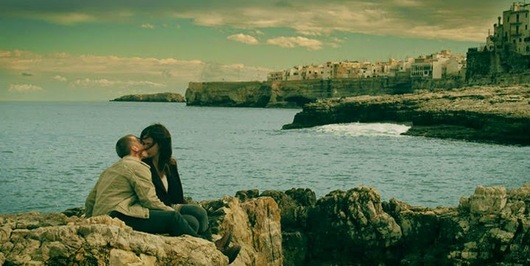 Following the death of his parents, Evan's life is on a downward spiral, drowing his sorrow in alcohol and pissing away his Berkeley education by working as a barback at a dingy local bar. In immediate need to escape his life, Evan spontaneously leaves the United States and heads to Italy in search of some type of meaning. Finding work in a small seaside town in Italy, Evan meets Louise, a beautiful woman, who carries an unfathomable dark secret. Justin Benson & Aaron Scott Moorhead's Spring is a beautifully written love story that is wrongfully classified as a horror film due to its large creature feature elements. At its heart, Spring is Evan's journey into rediscovering himself and in Louise he fiinds someone who revitalizes his reason to live. Louise is an ancient creature that is best not described, and while the film does an excellent job at creating a unique and compelling monster, the screeplay really struggles to capture the emotions of Louise as a character, particularly at the very important flinal scenes. That being said, both actors do an excellent job in this film, making it very easy to believe in their romance. Directed in a way that perfectly flows between the horror and romantic aspects of the movie, Spring is really another excellent calling card for Benson and Moorhead. I particularly loved their use of animal imagery throughout the film, using it to foreshadow the potential dread on the horizon. Evan and Louise's relationship feels geniune in Spring, with each of them having secrets and having to overcome them and trust each other. Full of subtext, Spring is a constantly evolving narrative that blends horror, drama, and romance creating one of the better characterizations in Evan that the 'genre film' has to offer. 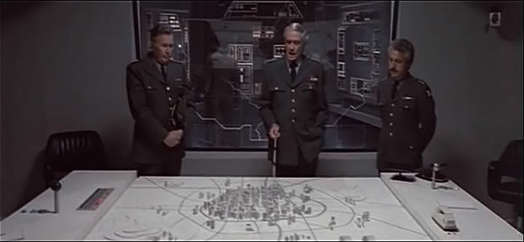 Miller, a news reporter, has just been sent to the airport to interview one of the nation's top nuclear scientists. On his arrival, a mysterious plane arrives at the airport, seeking emergency landing clearance. After the intial panic, the plane lands safely, but that is only the beginning of a much larger nightmare, as the plane was full of murderous, toxic, blood-sucking zombies who need human blood to stay alive. Highly contageous, these monstrous creatures send the military into a panic, as they fight a losing war of attrition against the ever-increasing zombie threat. Umberto Lenzi's Nightmare City is a highly stylized, gleefully ultraviolent, zombie apocalypse movie that deserves recognition if for nothing else than the constant chaotic atmoshpere it brings to the table. From the opening frame of Nightmare City the film doesn't let up, throwing the viewer into this chaotic world of zombies who have grown nearly indestructable due to their atomic orgins. Moving at a brisk pace, Nightmare CIty isn't concerned too much in thinking, completely satified in playing in the macabre. Nightmare City is a big, dumb b-movie that shows no reluctance in embracing its absurdity, but what the film does have to say about technology and science is surprisingly poignant, if not earth-shattering. With the zombies in the film being indirectly created by being explosed to nuclear radioactivity, Nightmare City delivers a heavy-handed commentary on the inevitable tragedy that is bound to occur when man attempts to play god, focusing on mankinds ability to craft such a destructive force as a nuclear weapon. The film doesn't spend too much time dissecting this ideal, but it's present, almost mentioned half-hashardly, a moment of thought in-between the mindless violence and chaos of the rest of the film. Featuring some of the best blood-splattering headshots in cinematic history, Umberto Lenzi's Nightmare CIty is film that fits right at home in the Italian horror films of the 70s and 80s, being a cheezy, low-thought, fun excursion into the zombie genre 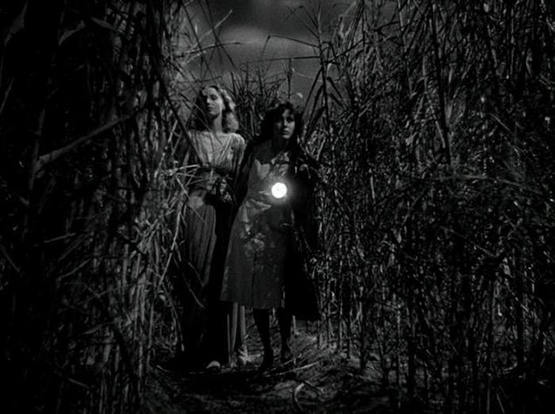 It feels almost like a disservice to classify Jacques Tourneur's I Walked With A Zombie'as merely, a horror film. From it's tragic story to the mysterious tone pumping through every frame of I Walked With A Zombie, this film completely transcends the horror genre, almost as if it's creating its own brand of gothic atmosphere. While I Walked With A Zombie certainly has its fair share of horror elements, this is not a particularly scary film in the traditional sense. What makes this film so compelling is its creepy tone, with Tourneur injecting the film with great gothic atmosphere that makes the whole film wallow in an overwhelming sense of dread. This is to be expected from a Val Lewton / Jacques Tourneur collaboration, with the film delivering beautiful black and white cinematography from start to finish, eliciting a sense of danger and uncertainty. I Walked With A Zombie also presents a very complex picture of human relationships, exploring how perception, not fact, can influence a person's decision making. At its heart, I Walked With A Zombie is a tragedy of how personal brooding and contorted emotion can destroy the the individual. and I really enjoyed the complexity of the narrative, frequently giving the viewer multiple explanations for events portrayed in the film, with no definitive answers. 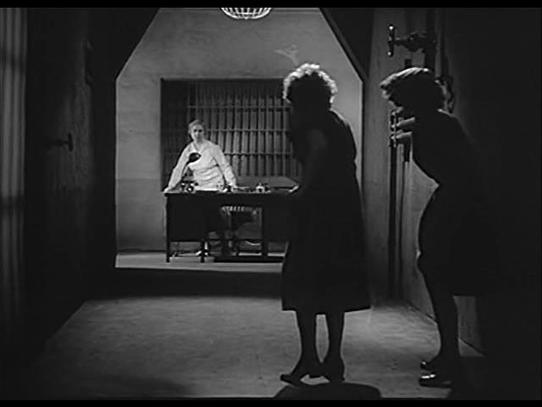 This is probably the best film of the "Woman in Prison' genre that I have seen, outside of something more exploitative. It involves the typical tropes of the genre, the hard-tough prisoner (Annie), the fragile-gentile woman (Millie), and our main protagonist, Linda. The film is centered around Linda, a former nurse, who is serving a three-year sentence for Larceny, a crime she committed in order to not go hungry. She is a character forced into a tough situation due to losing her job and what elevates Condemned Woman over many similar films of the genre is the transformation which takes place in Linda's character. Early on in the film Linda is very much a pessimist, who sees no future for herself. She has been beaten down by life, but as the film progresses, Linda begins to change, because of the love she shares with the jail's psychiatrist, but also because of what happens around her in terms of the other characters. There is an absolutely beautiful, heartbreaking scene in the late stages of the film, involving Millie, which in a sad but poignant way, is the turning point to Linda's new-found transfromation, giving Linda a reason to live and be happy. A relatively well photographed film that features a fantastic montage sequence centered around the typhoid epidemic, Lew Landers' Condemned Women offers a solid redemption story about rebirth 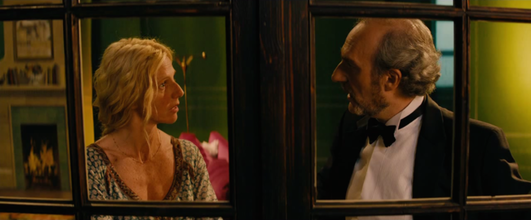 Loosely based off of Alan Ayckbourn's play, Alain Resnais' final film, Life of Riley, is meditation on love and affection, following three couples living in the English countryside. Using illustrated setting-based cue-cards and beautifully designed production design, Life is Riley creates an aesthetic that attempts to bring the theater-setting to celluloid, with Resnais' creating a meta examination of these characters where the lines between fact and fiction begin to blur. The story centers around amateur dramatics Colin and Kathryn, who receive news that their friend George, a playwright, is fatally ill and only expected to live a few months. Of course, the couple can't keep George's secret, sharing this tragedy with other friends of George, setting off a whirlwind of emotion. Many of the characters in this film are admist rehearsals of a stage play, and Resnais beautifully uses their fictional personas to touch on these characters deep-rooted desires, offering a unique, playful, and poignant study of affection that shows how tempered such emotions of love can be in such circumstance. While these character's go over their lines, Renais explores these character's true-selves in a very meta way, exposing their deceits and mixed emotions that make it hard to decipher their character from their true self. This aspect of the film is interesting on multiple levels, almost as if Resnais is commenting on the blurred consciousness that exists between actors and the character's they portray. With George's illness, many of these characters are forced to face their own mortality, which begins to create conflict among these three couples, as they are forced to reflect on their current relationship and overall vision of what love should be. Uniquely structured and told, Alain Resnais' Life of Riley is a playful and exuberant study of human emotion, capturing the self-reflection and jubilant absurdity that often comes when facing one's own mortality. 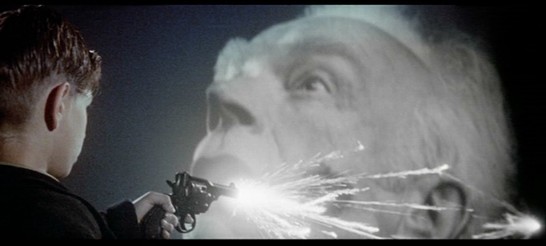 Lars Von Trier's examination of post-war Europe is a visual extravaganza of lighting, composition, and mood. The film centers around a young American of German descent, who thanks to his uncle, begins a job on the Zentropa train line as a car conductor. Torn between conflicting interests in the Post-War landscape, the man soon is forced to make difficult choices, unable to remain neutral in the conflict centered around German's direction post-WWII. The film is very creative visually, using a layered effect to elicit mood and highlight certain things in the frame. Though Europa is a visceral experience that works more so than not, Von Trier does go a tad overboard at times, using the effect with sequences that didn't seem very motivated. It's a very cold and distant film, but that is not a bad thing, as it fits this post-war landscape of uncertainty. That being said, I still was hoping for a little more of an emotional connection. The Max Von Sydow voice-over is indeed hypnotic, giving the film a nice dream-like ambiance but at times I found it to be cheap and unnecessary. While I completely appreciate and respect this film from both a technical standpoint and a commentary, I was hoping for a little more resonance when it comes to capturing the post-war landscape. 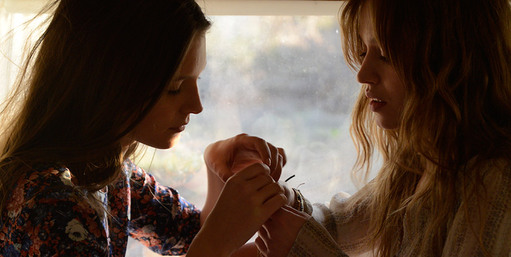 Charlie, a seventeen-year-old french girl, lives in a fractured household. Focusing out the relentless arguments and threats of violence between her dad and mom, Charlie focuses on her studies, being one of the top students in her class. One day in a school, Charlie and the class are introduced to Sarah, a new student. Self-confident and attractive, Sarah quickly introduces herself to Charlie, with the two quickly becoming inseparable. As the two grow closer, Charlie begins to feel that Sarah isn't being entirely open about her situation, which soon creates an explosive rift in their friendship. Melanie Laurent's Breathe is a psychological teenage drama which takes a close look at the volatile state of adolescent emotion. Impressively crafted, Reprise dissects two adolescent characters in Charlie and Sara, each having their own emotional strife that combined creates a perfect story of melodrama. For Charlie, the more introverted type, her relationship with Sarah gives her the feeling of invincibility, almost as if she feels alive for the first time. Sarah's character is an extroverted person due to emotional strife by her very troubled drunkard mother, a fact she hides from everyone she knows, that is until Charlie finds out. Breathe uses these two characters to take what appears to be a sensitive teenage drama and subvert expectations, doing so in a way that intentionally or not speaks to the consequences of bullying, capturing the fragility and explosiveness of teenage emotion. |
AuthorLove of all things cinema brought me here. Archives
June 2023
|
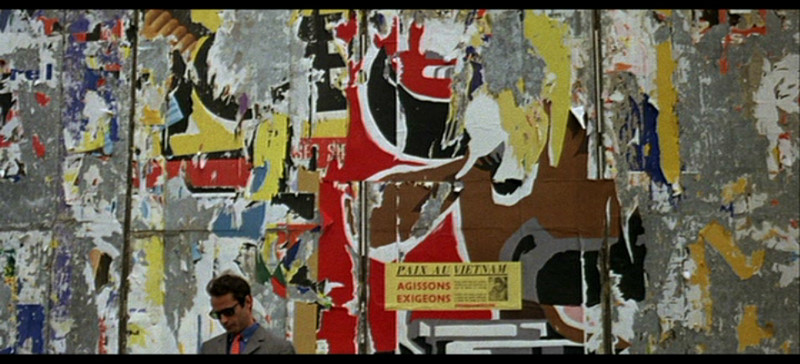
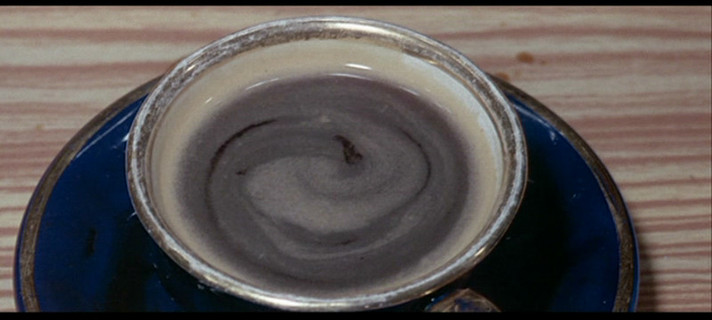
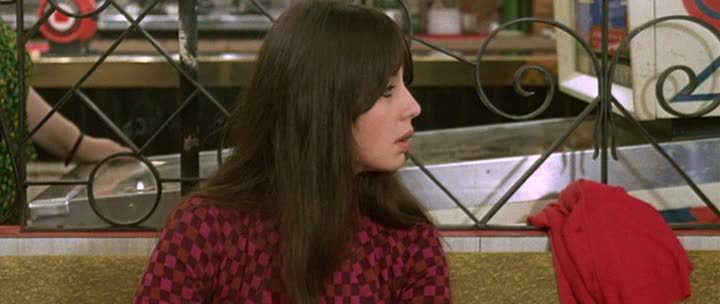
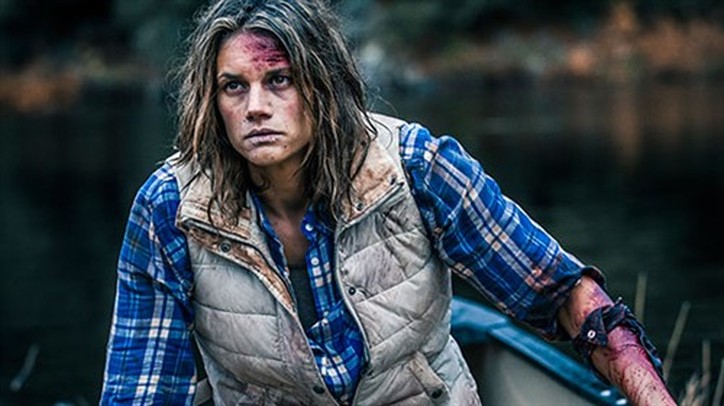
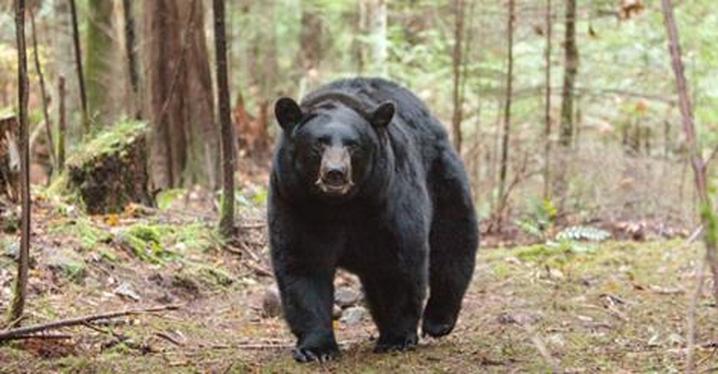
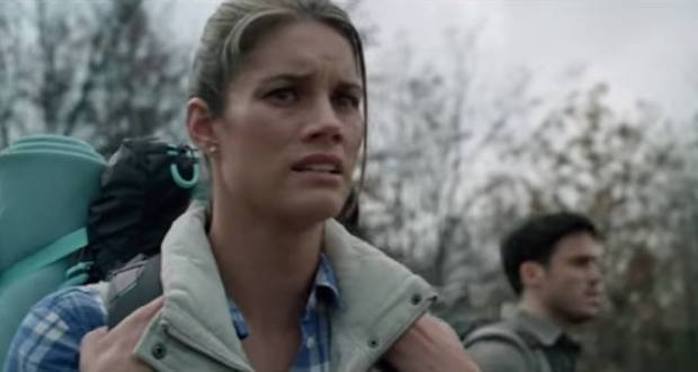
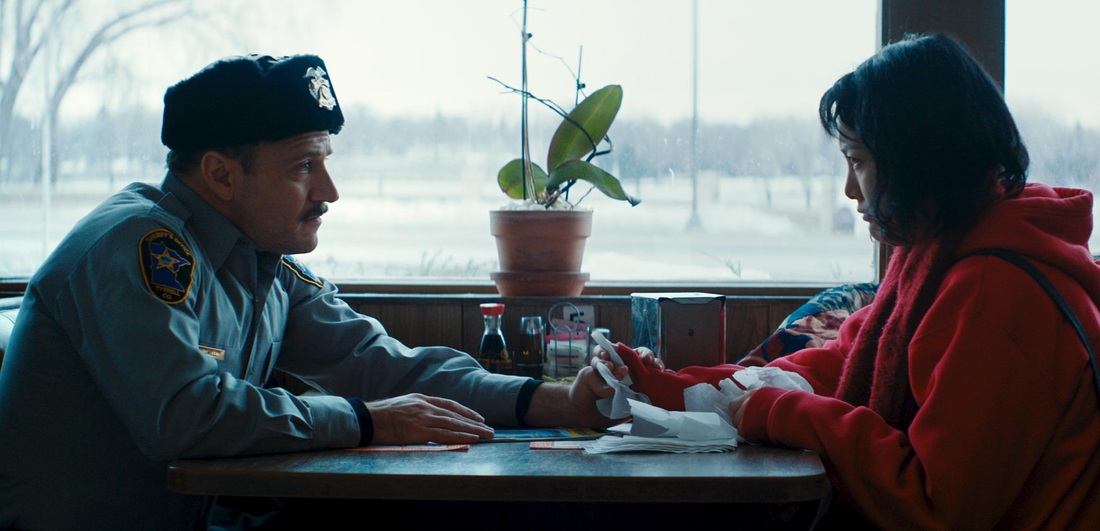
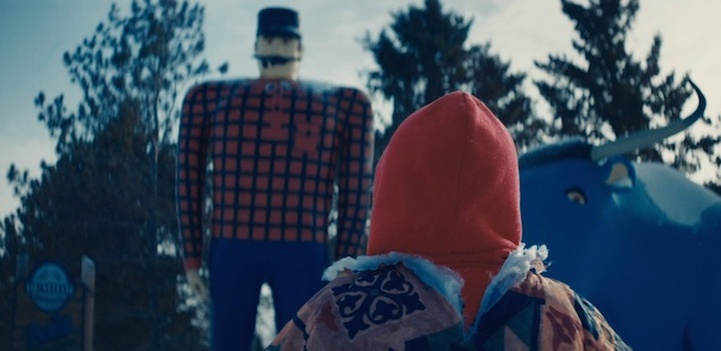
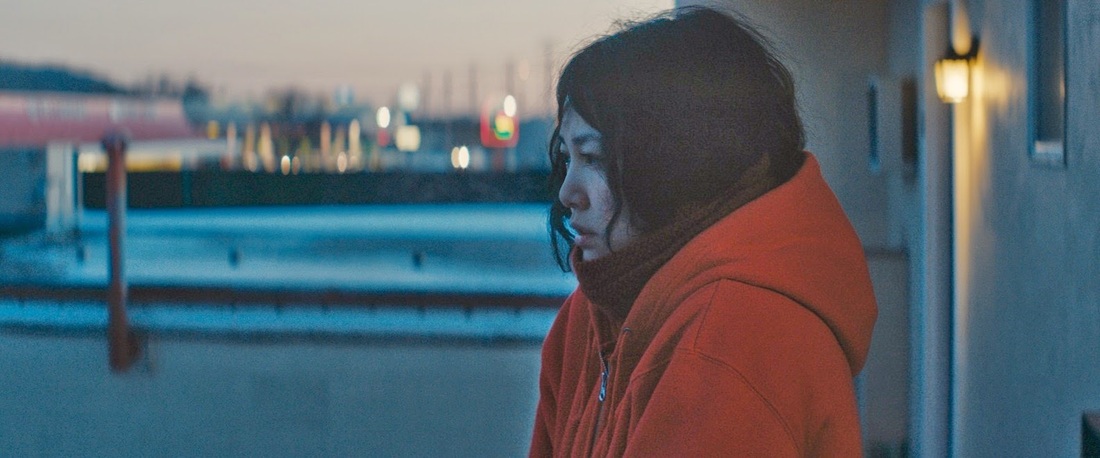
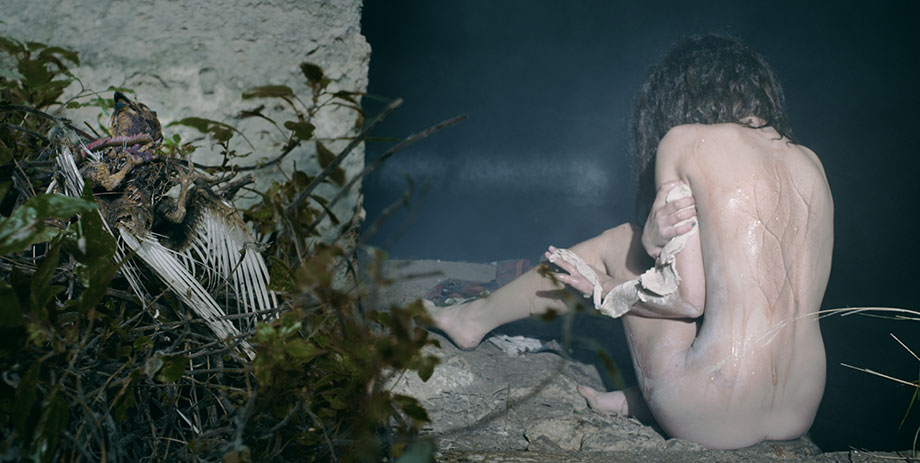
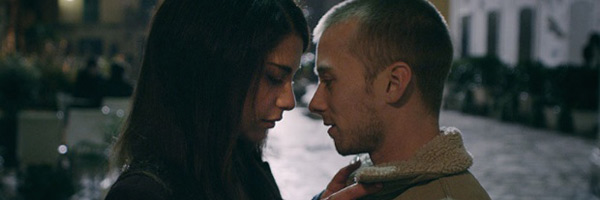
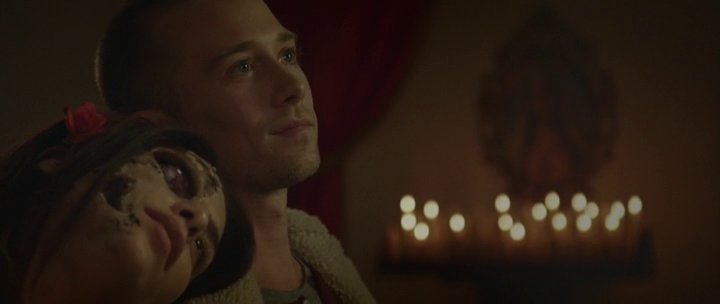
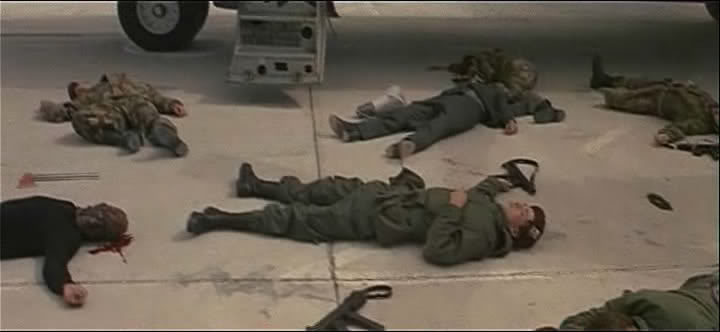
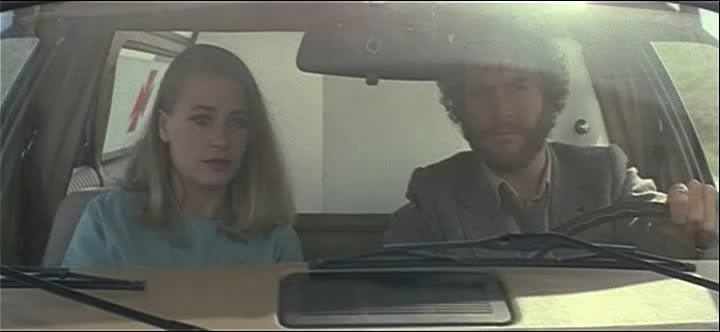
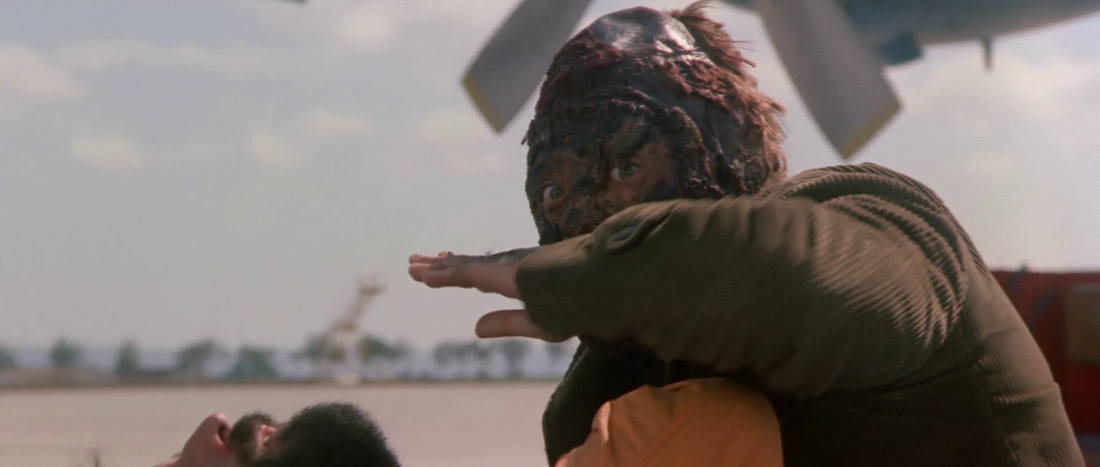
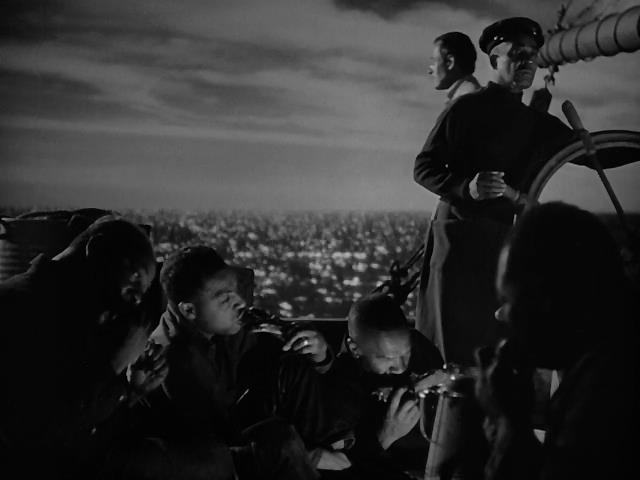
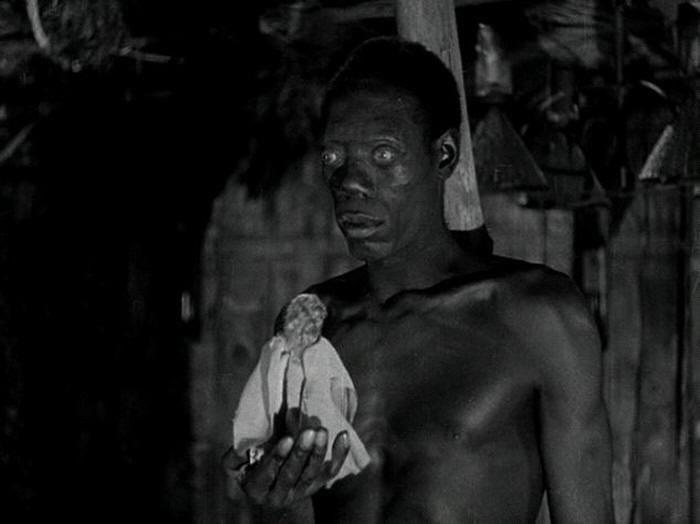
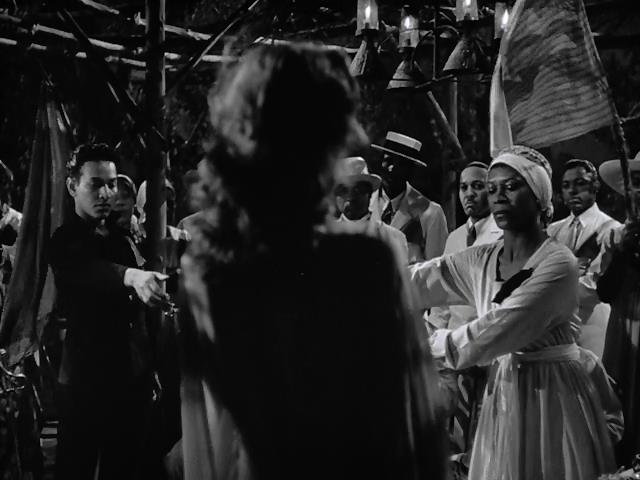
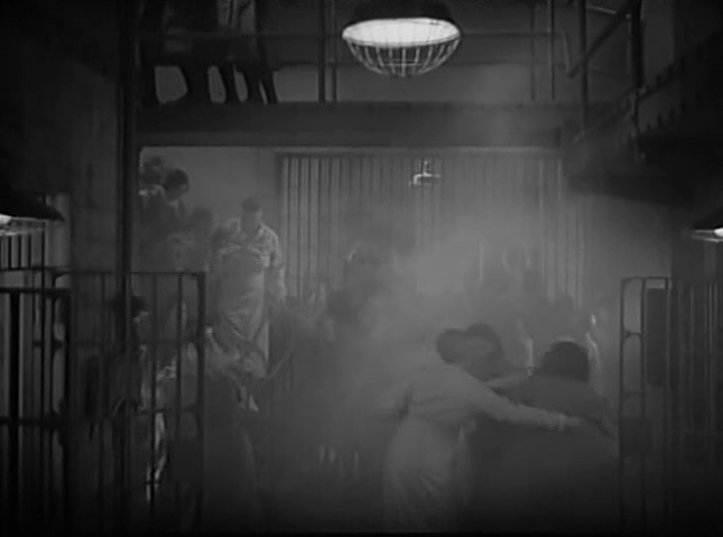
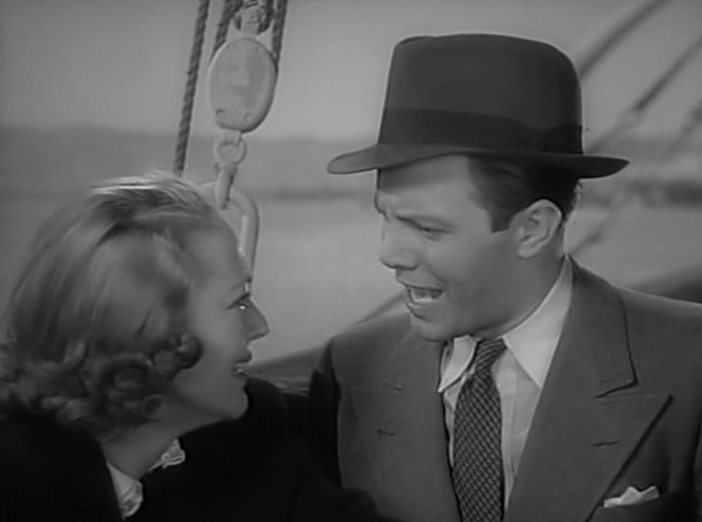
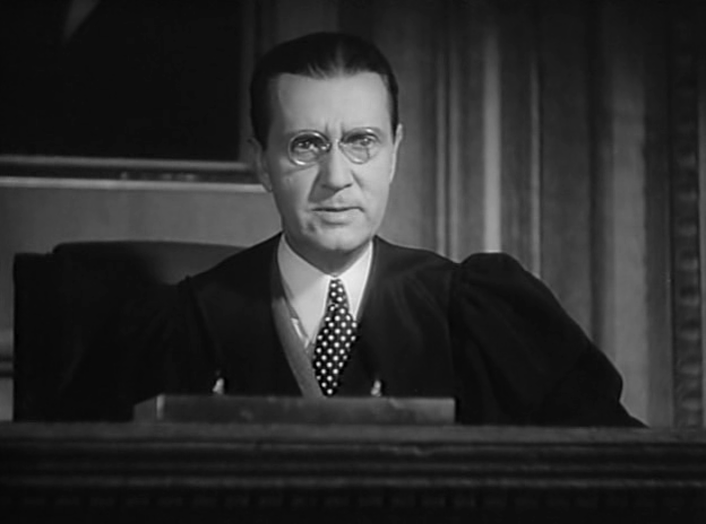
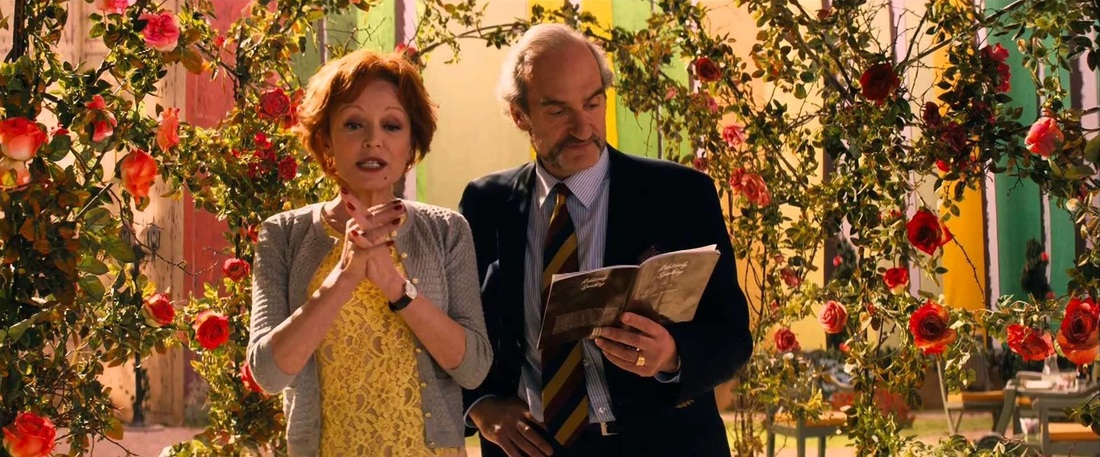
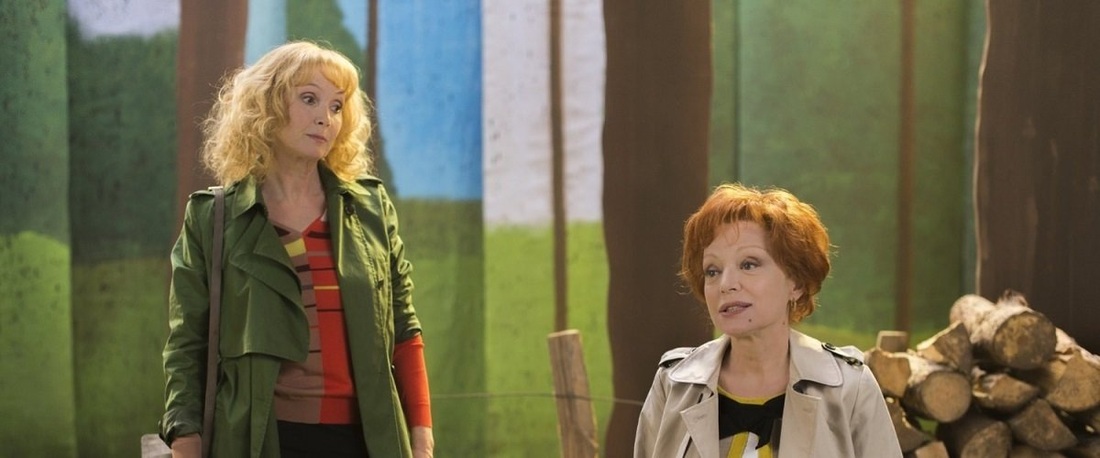
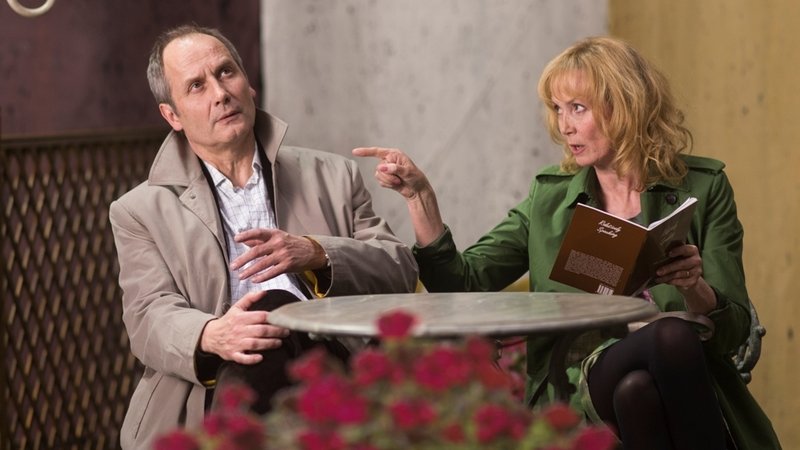
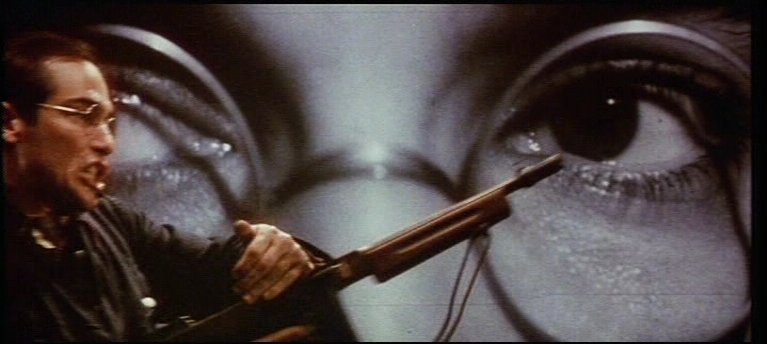
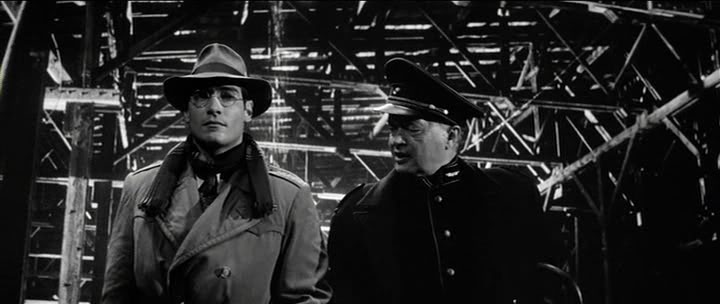
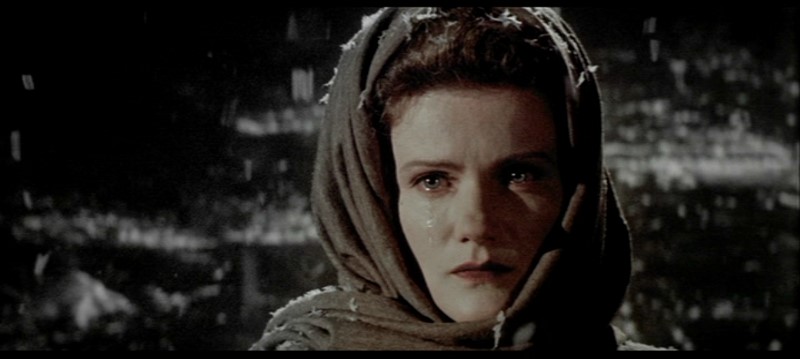
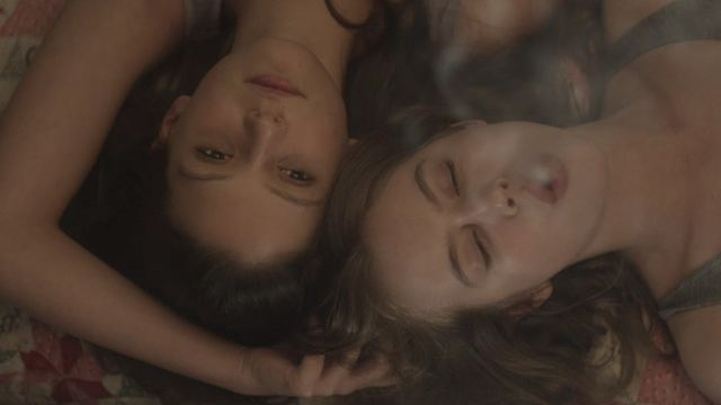
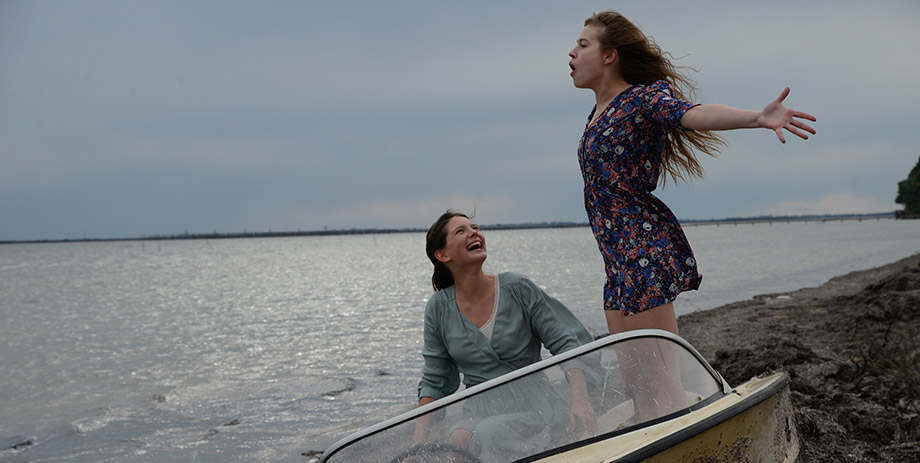
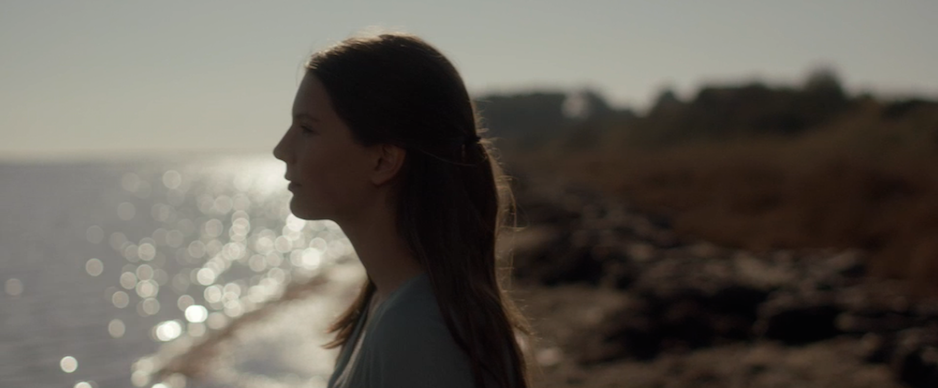
 RSS Feed
RSS Feed
